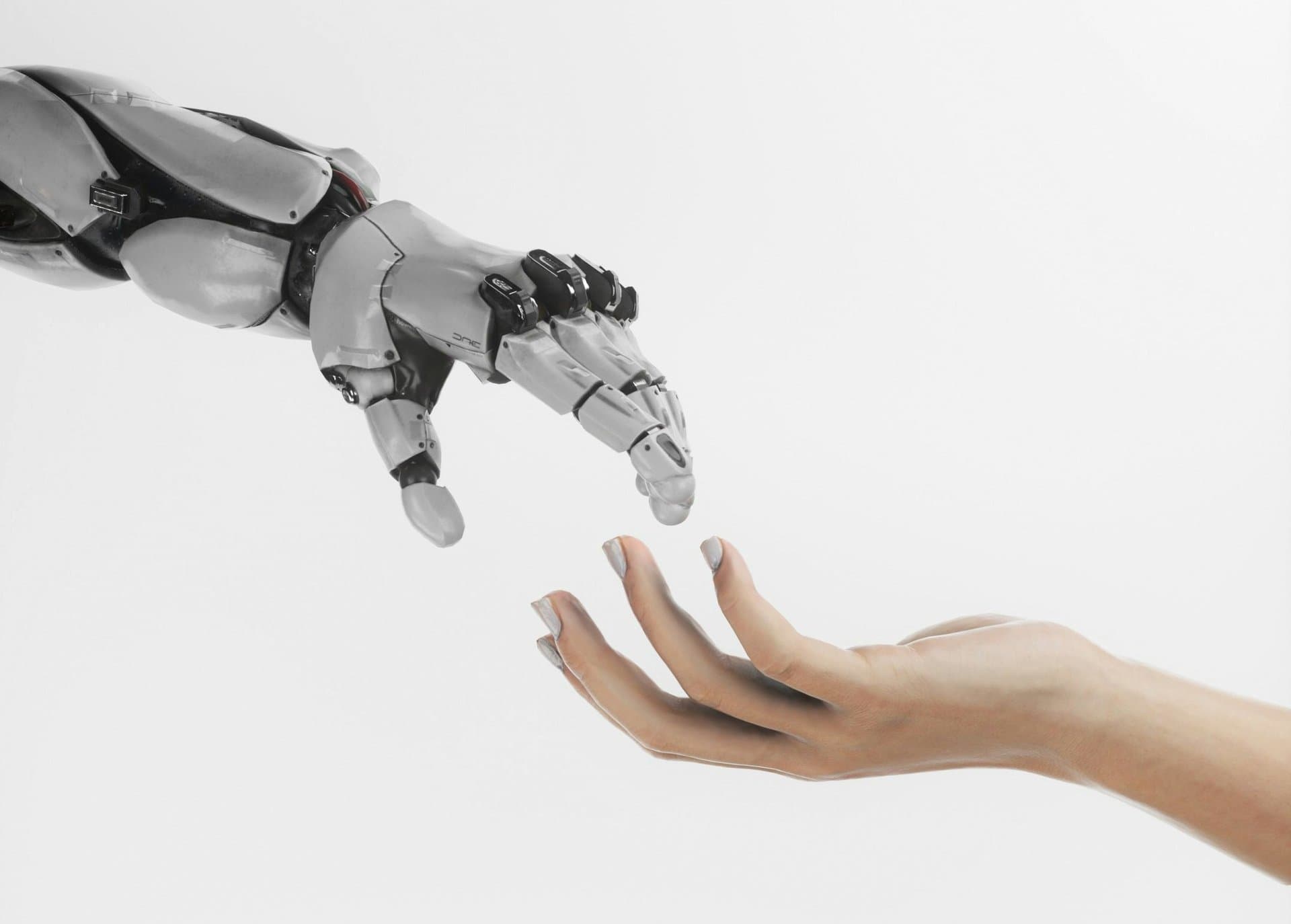This is what recruiting will look like in 2030
Recruiting will change radically by 2030. Learn more about the developments ahead in this article.

The way talents are searched for, assessed, and hired will undergo a radical transformation by 2030. Companies that think ahead today and embrace forward-looking developments will secure decisive advantages in an increasingly competitive market. Innovative recruiting will become not only more efficient but also more precise by leveraging technological advancements to reduce costs, strengthen employee retention, and strategically attract the best talents. Which developments we might expect in the coming years and how these will revolutionize recruiting, find out in this article.
#1: Virtual Reality (VR) in the Application Process
Imagine a candidate sitting comfortably at home while simultaneously experiencing their potential workplace up close. Virtual reality will be commonly used in recruiting by 2030 to provide realistic impressions. Companies can use VR to showcase their offices, workflows, and even team interactions in a simulated environment. This not only offers an insight into the corporate culture but also helps to overcome geographical barriers. Applicants from around the world can participate in virtual job fairs or interviews without needing to travel. This makes the selection process more global and inclusive.
#2: Assessing Success with Predictive Analytics
Predictive analytics will make it possible to predict a candidate's success chances in a particular role. This process analyzes data such as career histories, previous projects, and even personality traits. An example: A candidate who has often worked in start-ups might be more suitable for dynamic and creative roles than for structured large corporations. This technology helps prevent mismatches and reduce turnover. Companies not only save costs but also gain loyal employees in the long run.
#3: Blockchain for Resumes and Certificates
Resumes and certificates will be made tamper-proof with blockchain technology in the future. Blockchain is a digital database where information is stored in a secure and unchangeable chain of blocks managed simultaneously by many computers. Instead of laborious background checks, companies can instantly verify the authenticity of claims with a click. An example:
A candidate claims to have completed a master’s degree at a prestigious university. Thanks to blockchain, recruiters can see immediately whether this information is true without lengthy inquiries. This saves time and builds trust between companies and applicants.
#4: Gamification of the Application Process
Application processes will become more playful and interactive, to test both the motivation and skills of candidates. Imagine a software developer applying by solving various challenges in a coding game. Such approaches can not only assess technical skills but also test soft skills like teamwork and problem-solving ability. Quiz formats or simulation-based scenarios are also conceivable to confront candidates with real tasks in a playful manner. This gives companies authentic insights into candidates' competencies.
Sounds promising? Discover the Job Quiz by two.jobs and integrate future-oriented developments into your recruiting now!
#5: Personalized Application Process Thanks to AI
AI will not only revolutionize job postings but the entire application process. Instead of generic messages, candidates receive individually tailored emails and feedbacks. Through algorithms, it can be analyzed which keywords, experiences, or interests of an applicant match a job. This customized communication will significantly improve the candidate journey and help companies secure top talent more quickly.
#6: Improving Diversity with Software
Software solutions will detect and neutralize bias to enable fairer recruiting decisions. Algorithms could, for example, create anonymized applications or use same-gender name pairs in selection processes to reduce prejudice. An example: An AI detects that a certain team lacks diversity and suggests candidates who could enrich the team composition. Such measures promote an inclusive corporate culture and strengthen employer branding.
#7: Evaluating Social Media Presence
The analysis of social media activities will be a standardized tool in recruiting by 2030. Algorithms can recognize whether a candidate regularly shares valuable content, is active in relevant networks, or demonstrates leadership skills. An example: A designer who regularly shares their work on Instagram could be perceived as creative and committed. At the same time, data protection will play a larger role to prevent misuse. Companies benefit from a more comprehensive picture of the candidate, while applicants can enhance their chances through authentic online branding.
#8: Development Potential Instead of Experience
Not only will a candidate's current knowledge be crucial but also their potential for development. This change fosters a new way of job placement, where not only experience but also future potential counts. Companies that invest in employees with such abilities will be able to respond more flexibly to market changes.
Conclusion
Recruiting in 2030 will not only be more technological but also smarter and more inclusive. The combination of innovative tools and human empathy will make the difference. Companies that master this balance create not only more efficient processes but also a stronger connection to their talents.

